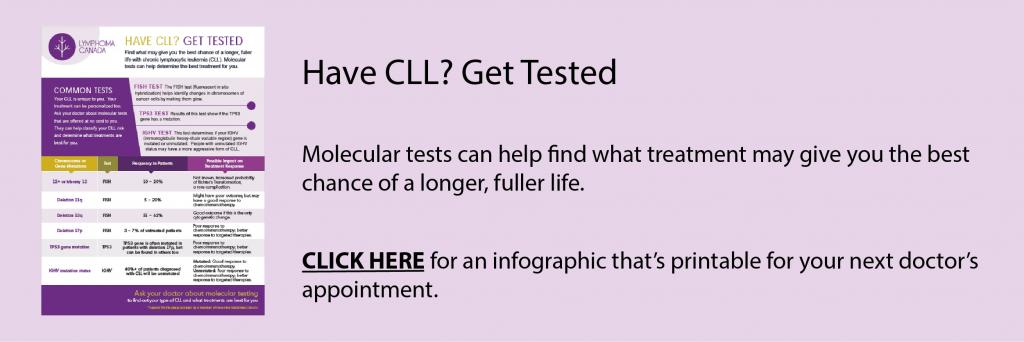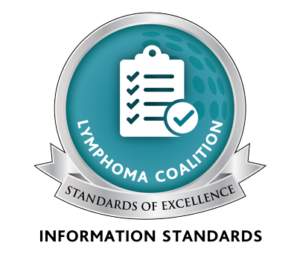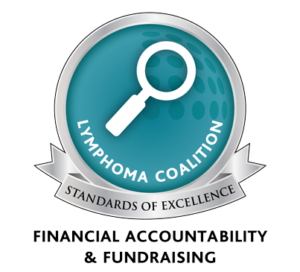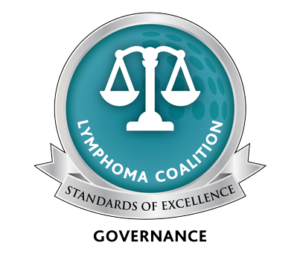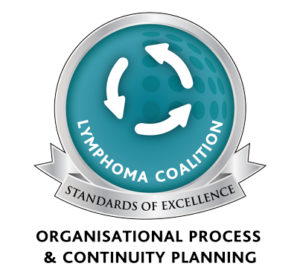Doctors may order more tests to find out what chromosome abnormalities and genetic changes are present in your CLL cells. The results of these tests may help doctors determine the best course of treatment. These tests can usually be performed on a blood sample. However, if a bone marrow sample is being taken it can also be used to perform molecular genetics testing.
The FISH test (fluorescent in situ hybridization) looks for abnormalities in the cancer cell genes by making particular abnormalities in genes glow (fluoresce) so they are easier to see. FISH testing is important for determining prognosis and helps doctors to divide CLL into different risk groups. The FISH results may help determine which type of therapy is best for your cancer. Since your gene abnormalities can change over the course of your disease, FISH testing should be done each time you get a new line of therapy.
Understanding Chromosomes
Your DNA is packaged into structures called chromosomes. Each cell in your body contains 23 pairs of chromosomes or 46 chromosomes in total. Each pair is given a number 1 through 23. When you have an abnormality like 12+, it means chromosome #12 is affected.
Each chromosome looks like an X. The top part of the X has smaller arms and the bottom part has longer arms. The top arms are referred to as ‘p’ and the lower arms are designated ‘q’. Each arm of a chromosome is further divided into regions. For instance, if you see 13q14 it means chromosome #13, region 14 of the long arm (q).
When the cells in your body divide, they make a new copy of the DNA in its chromosomes. Mistakes or abnormalities can happen as the process is not always perfect. One type of chromosome abnormality is called a deletion, which happens when part of the chromosome is missing. Another type of chromosome abnormality is a trisomy, which indicates the presence of an extra copy of a chromosome (three instead of two).
Common chromosome or gene abnormalities found in CLL include:
Chromosome or gene mutation |
Frequency in patients |
Possible impact on outcome |
| 12+ or trisomy 12 | 10% to 20% | Not known. Increased probability of Richter’s transformation. |
| Del(11q) | 5% to 20% | Might have poor outcome, but can be treated successfully with chemoimmunotherapy. |
| Del(13q) | 51% to 62% | Good outcome if this is the only cytogenetic change. |
| Del(17p) | 3% to 7% of untreated patients (the percentage of patients with this deletion increases over time) | Poor outcome with chemoimmunotherapy; better response with targeted therapies. |
| TP53 gene mutation | The TP53 gene is often mutated in patients with a Del(17p) but may also be seen in patients who don’t have Del(17p). | Poor outcome with chemoimmunotherapy; better response with targeted therapies. |
| Immuoglobulin heavy-chain variable-region (IGVH) gene status (mutated or unmutated) | 40%+ of patients diagnosed with CLL will be unmutated. | Mutated: Good response to chemoimmunotherapy.
Unmutated: Poor response to chemoimmunotherapy; better response to targeted therapies. |

